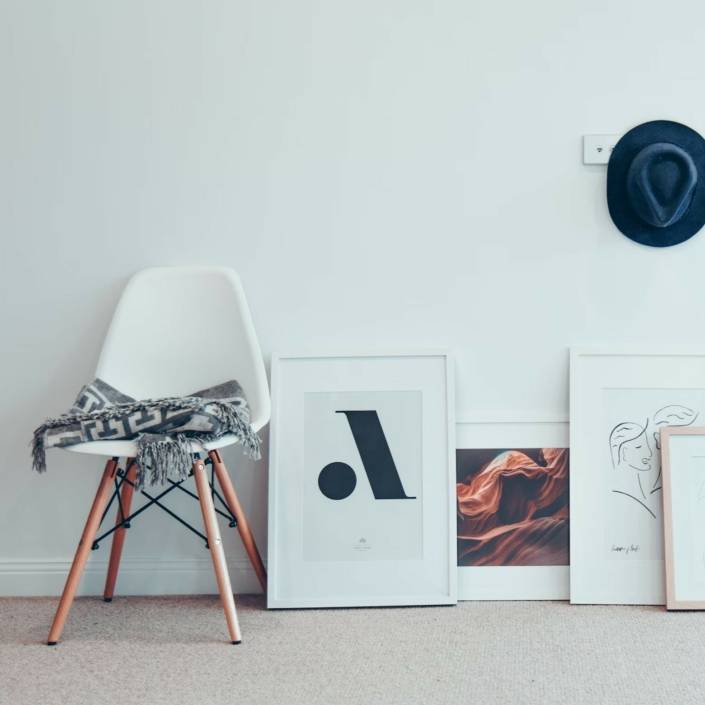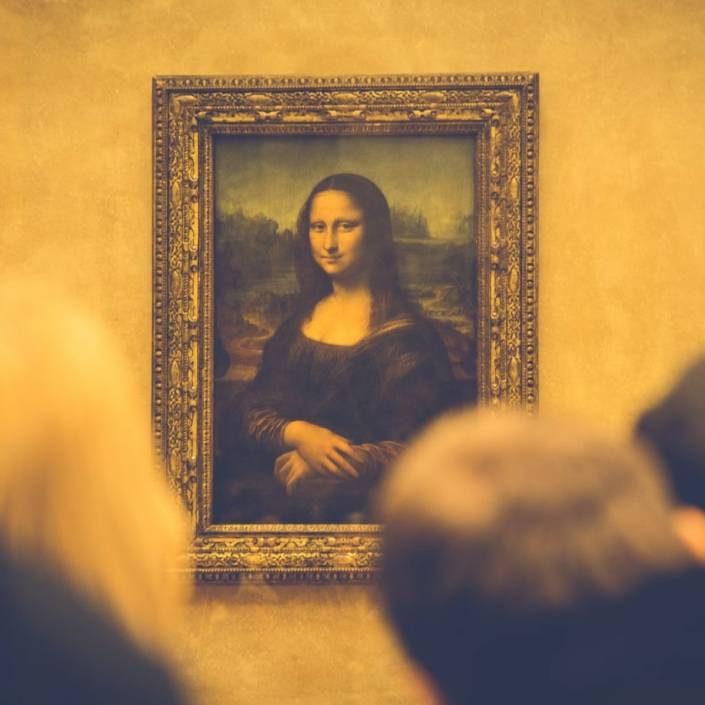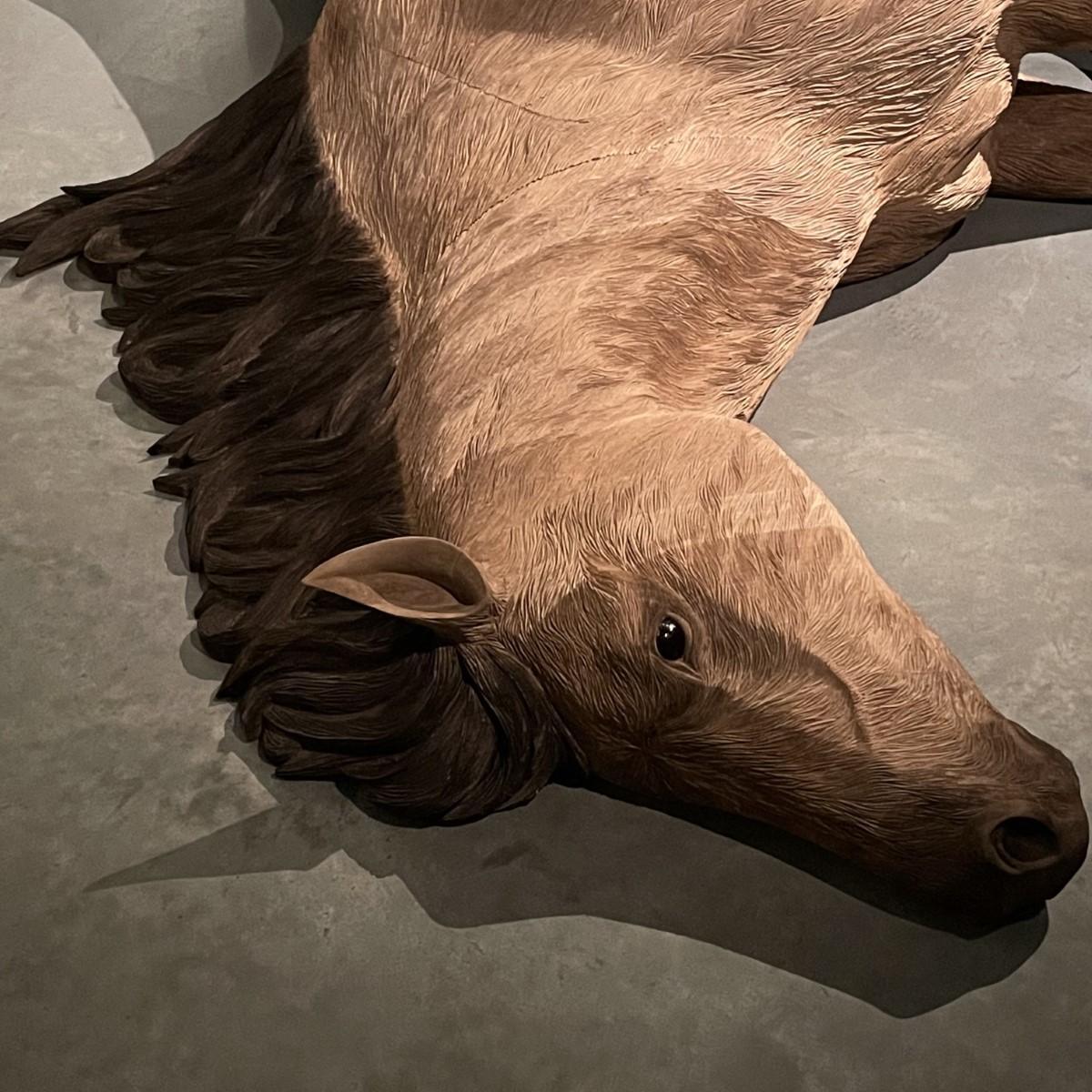Lifecycle: Nature and Nurture
Artist-Run-Initiatives serve as incubators for artists as well as young curators and collectors, but however long you’ve been collecting, it’s important to include a few among your regular gallery visits.
Words: Jenna Price
The crystal beaded tassels swung from perky breasts. Just below, a vulva, tattooed with a demon. Only a belt separated them. Gyprock, freshly painted white.
If you were looking for the early works of Sarah Contos, before Gallery 9, and then Roslyn Oxley9 Gallery (both Sydney), before signing with STATION Gallery (Sydney and Melbourne), before her major installation at the National Gallery of Australia, you could find them on the gyprocked walls of now closed MOP Projects, an artist-run initiative (ARI) in Sydney’s Chippendale. She had her first solo shows there, one sold-out exhibition after another.
ARIs are a signpost to the future. To collectors, Contos says: “It’s a necessity to be among artist-run spaces where artists are filled with energy and optimism. It’s good for the collector and it is good for the artist – a relationship with someone else interested in the work. If the artist is smart, it’s a relationship that travels through time. For me, it was wonderful to see collectors at Firstdraft and then again at RosOx.”
Curator George Adams, co-founder of MOP Projects, recalls his thrill at the early Contos work and inviting her to exhibit. “I loved her work… her second show was the most successful show we ever had. Then she moved from ARIs to the next stage,” says Adams.
Here’s one rule for anyone wanting to build a collection. Look everywhere before you buy: public institutions, commercial galleries, graduate shows at our art schools. Beyond that, look at emerging artists, at the edge of change, straight out of college, in artist-run spaces all over Australia. That work provides collectors with an opportunity to take risks, to develop what sociologist Hannah Wohl calls “aesthetic confidence”.
Contos finished her postgraduate degree at COFA (now known as UNSW Art and Design) and went straight to an ARI. “It gave me a place to show my work to people outside of the institution… a really great platform,” listing some she loved: MOP Projects; Paper Plane; Alaska; Kings (which used to be on King St) in Melbourne. “A whole whack of them, each exciting, each generating different audiences. The National Art School crowd. The Sydney College of the Arts crowd.”
These were the places where emerging artists could show their work to each other, to new audiences, where artists could take risks, perhaps be signed by commercial galleries. Here Contos met the first serious collectors of her work: former editor of Art & Australia Katrina Schwarz and Andrew Renton, Professor of Curating at Goldsmiths University of London. “They were both big supporters from the beginning and very strong advocates for emerging artists,” Contos recalls.
Renton, teaching the next generation of international curators at Goldsmiths, says he and Schwarz make a habit of visiting ARIs when they visit Australia. “There is much work here that is both very exciting and undervalued,” says Renton, whose career in the sector runs at 40 years. Visiting ARIs is a way to see what goes on at the beginning of an artist’s career; experimental, innovative.
“You are drawn to what artists do in ARIs,” he says. “In a way, [visiting ARIs] has shaped my entire professional practice.”
Renton remembers the transformative power of the 1988 exhibition Freeze, perhaps not the first ARI but the most influential. A bunch of Goldsmiths students, wrangled by Damien Hirst, put together an exhibition in a warehouse, a professional catalogue and an art world who’s who of invited guests. As Elizabeth Fullerton wrote: “No one could have foreseen the impact the show would have. It would blow apart the elitist hierarchy of the fusty art world and rewrite the rule book.”
Renton says Freeze enabled his generation of curators and critics to challenge an art scene ill-equipped to deal with change. “Freeze changed everything here,” he says. “Scroll forward. London has literally hundreds of galleries so there is this very strong sense you can be more visible as an artist. Young artists went on to become very famous, inhabiting spaces no-one else was inhabiting… able to play with scale and hybrid spaces, impressive and exciting displays of work.”
He says Freeze had no less effect than persuading institutions they had to pull their socks up, a more general lesson for collectors.
“It is essential to go and look. It allows you to understand the larger picture of the art world and where it is going and for an artist there’s less to lose. No-one is scared of having a go, of testing the water with new ideas. Would you buy from those places? Definitely, but with some caveats. You have a responsibility, you have a duty of care [when buying from a young artist]. The process of collecting should be nurturing.”
While you might find a bargain, the next big success, at an ARI, it is not only about buying art inexpensively. “Somewhere in there is the anxiety of collecting. How long do you wait?,” asks Renton. “The security and the insurance policy of a broader spread of support for that artist. If you go in early, you can buy something for a few hundred dollars and potentially it could be worth a fortune. Or it could disappear from the conversation. That’s what makes it exciting. You make a mental note and then you want to see what they are doing in a year’s time. For me it’s what’s very important about this process and visiting spaces like this. It’s about training your eye, literally fitness training, the more you see the more you know how to see.”
Oliver Watts, artist and senior curator at ArtBank and a young veteran of the Australian art scene, says that to get the best under[1]standing of what’s emerging, ARIs play a vital role. “So many good artists are unrepresented, especially so in Brisbane, Adelaide and Perth – and what you see in ARIs is the generation of younger artists. The quality is not less, just the price.”
Watts has advice for those who buy from ARIs. “You have to get used to the work… Maybe its finish or approach are not as commercial. But you have to be a creative collector.” Doesn’t hang straight on the wall? “Get a wire armature for the work,” he says.
For collectors, ARIs can be a social experience but unlike a benefactors’ gala or dinner for clients at a commercial gallery. Schwarz, now Curator at The Photographers’ Gallery London and most recently of the Deutsche Börse Photography Foundation Prize, says: “The ARI scene was wonderful, welcoming – a font for so much great art and also much of my social life… I am thinking of MOP Projects, Firstdraft’s longtime home on Chalmers Street, the early days of Chalk Horse in Surry Hills, Alaska Projects operating out of a Kings Cross car-park, Gaffa. Many artists who I love (their work, them) I encountered first in this context. I bought my first artworks at ARIs motivated by a growing passion for art and collecting and in solidarity with and to support the work of friends. “For anyone who feels and fears the art world is intimidating, I think ARIs can be a good antidote to this,” she says.
ARIs are that space for connection, artists, curators, collectors, community, precisely what Consuelo Cavaniglia and Brendan Van Hek had in mind when they founded Sydenham International in 2022. They both have established relationships with commercial galleries (Cavaniglia with STATION, Van Hek with Sarah Cottier). In one year alone, 40 artists have come to Sydenham International – many emerging, some established, to develop a conversation. As Cavaniglia explains, this community gives access to the work of artists and the artists themselves without the filter of a gallerist. “One of the best things about ARIs is developing those relationships between artists and collectors,” she says. “They spark generative relationships.”
ARIs allow artists to develop without having to wait a million years for someone to offer them a show, says Mitch Cairns, a board member of MOP Projects from 2007 to 2008. He exhibited in ARIs for a number of years before exhibiting in a commercial gallery because, “I found a community, a site for artists and their friends and families”.
Cairns himself connected the institutional world with the ARI world when he curated the Museum of Contemporary Art’s Primavera in 2019, selecting the work of Mitchel Cumming, a cofounder of Knulp in Sydney’s Camperdown. Cumming’s work directed the audience to the ARI. “I visit almost every show at Knulp… it’s a community I’ve always been a part of,” says Cairns who exhibits at The Commercial, Sydney. Knulp, founded in 2015 by Shane Haseman, Alex Gawronski and Cumming, remains one of Schwarz’s favourite ARIs. “I still look to artist-run spaces to learn about newer, or new to me, artists,” says Schwarz. “Knulp introduced me to the work of Neil Beedie; I think his painting is amazing and I am aware that there is a rich strand of performance and spectacle to his work that I wish I was in Sydney to experience.”
Schwarz lives in London now but continues to follow and support Australian art. She first saw Contos’ works at MOP Projects, loved them, bought two from a group show at Heide Museum of Modern Art, Melbourne, bought two more, one of which was a gift for her husband. Two further purchases followed and she continues to watch Contos’ work, all inspired by that first encounter at an ARI.
“I wanted to stay connected to that good feeling and awesome work,” she says.
Photo courtesy: Mitchel Cumming’s Companion Planter (host), 2019, being transported from the Museum of Contemporary Art Australia to KNULP as part of Primavera. Photo: Jazz Money. Courtesy: the artist and Museum of Contemporary Art Australia, Sydney.
This article was originally published in Art Collector issue 104, April to June 2023.










